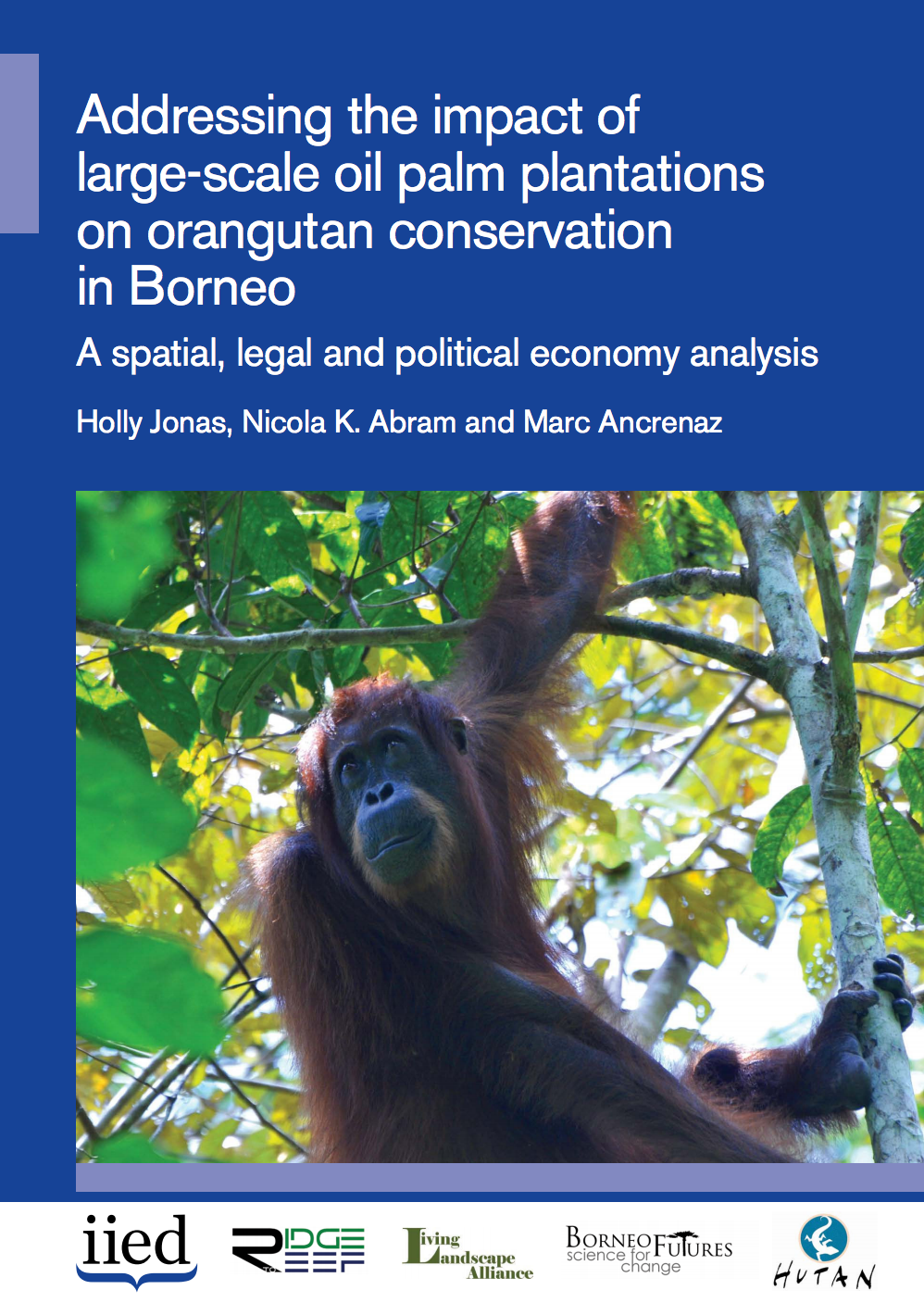Analysis of the spatio-temporal and semantic aspects of land-cover/use change dynamics 1991-2001 in Albania at national and district levels
In the turmoil of a rapidly changing economy the Albanian government needs accurate and timely information for management of their natural resources and formulation of land-use policies. The transformation of the forestry sector has required major changes in the legal, regulatory and management framework.





